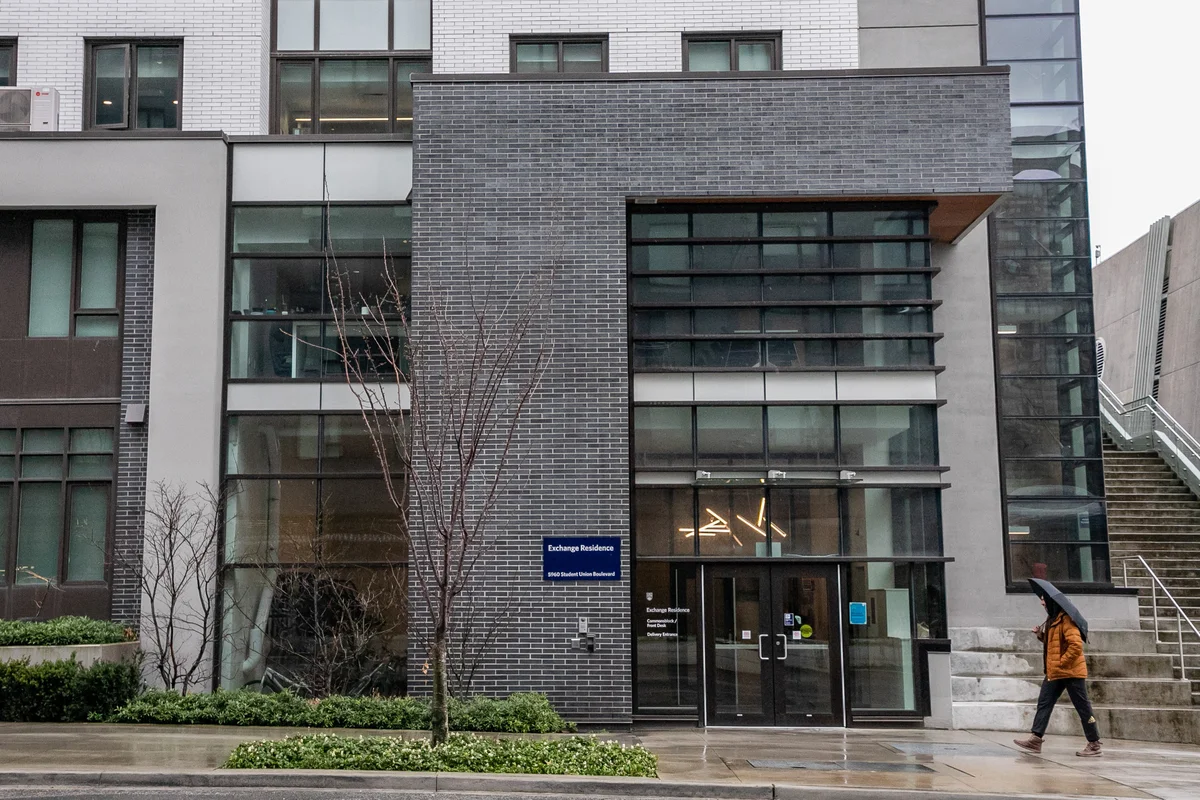
Amid criticism from the AMS that its ten-year residence housing goals are too small considering campus growth, UBC says the projection is limited by current financing but the number could grow.
Last year, UBC released a draft of Campus Vision 2050, a land use plan mapping out the physical changes coming to campus in the next few decades, alongside a reviewed Housing Action Plan. In the current Campus Vision Draft, UBC plans on adding 3300 residence beds over the next decade.
The AMS has consistently criticized the target for being too low.
In an AMS Council meeting in September 2022, AMS president Eshana Bhangu, said that the current plan is “just unambitious”, citing that UBC added over 6000 beds in the last ten years.
At a Board of Governors committee meeting last week, interim vice president academic and university affairs Anisha Sandhu delivered a presentation with “increase student bed targets” as one of the non-negotiable demands from the AMS.
“The university should prioritize increasing the rate of student housing production over that of the previous decade,” Sandhu said during the meeting.
While it is true that UBC has built a greater number of beds in the last ten years, Andrew Parr, associate vice president of Student Housing, said in an interview that construction costs have “increased exponentially” in recent times.
“When we started building ten years ago, the cost per bed was about $100,000 to $160,000. Now we’re looking at $250,000 [...] Potentially, up to $340,000 per bed space,” he said.
tə šxʷhəleləm̓s tə k̓ʷaƛ̓kʷəʔaʔɬ, a residence opened in 2022, had a budget of $175,000 per bed.
The total cost for on-campus housing in the past decade was around $670 million, Parr approximated in the interview. Meanwhile, the projected cost for goals currently outlined in the Housing Action Plan is over $1.1 billion.
“There’s some frequent, significant financial challenges with the plan that we’re working through,” Parr said, "[...] and it’s a lot of construction to manage.”
During the committee meeting, Parr said “government [financial] support” would be required to go beyond the current goal of 3300 beds.
He noted that UBC Housing’s financial model is based on revenue generated from student rent, so they are committed to keeping rent “as low as possible” for students. Student housing rent has recently been increased by between 3.5 to 8 per cent, depending on the residence.
The AMS did not respond to a request for further comment.
Parr also said that the Housing Action Plan is not limited to just adding beds.
“The net number of new beds is 3300 … but these projects are a little more complicated,” he said.
As part of the ten year plan, he explained, UBC Housing will also be replacing over a thousand beds in Place Vanier, and adding 500 beds to UBC Okanagan campus. Currently, they are also completing the construction of Brock Commons, which adds about 600 beds to upper-year housing.
In addition to upgrading and increasing existing types of residence spaces, there are also plans to build a dedicated graduate student housing community.
Parr said there is a possibility of the target number increasing “if the financial landscape allows.”
UBC has land set aside to build more than 18,000 beds on campus if needed, and plans for long-term growth past this ten-year plan could accelerate construction in the nearer future as well.
“Quality and affordable housing for students to reside in while they're studying at UBC is very supportive of the academic mission … so it's a very strong commitment that UBC is making to continue to invest in student housing,” Parr said.

